RHODES, Greece: The sixth congress of the European Aligner Society (EAS), which took place in late May, began with unexpected movement—not of teeth but of tectonic plates—a 6.1 magnitude earthquake struck near Crete early on 22 May. The tremor was clearly felt at the congress venue. Fortunately, no damage or injuries were reported, and the congress continued as planned. Like the previous year’s congress in Valencia in Spain, it was well attended, attracting around 1,000 participants from 60 countries. As always, EAS delivered a rich and varied programme, encompassing a wide array of noteworthy sessions.
The event opened on the Thursday with a series of workshops led by industry experts and key opinion leaders. These were repeated throughout the day to maximise access for attendees.
During the teams programme in the afternoon, a presentation by corporate well-being consultant Myrto Legaki explored empathetic leadership and offered a powerful reflection on how self-awareness and empathy shape meaningful, effective leadership. Drawing on neuroscience, psychology and mindfulness, she encouraged moving from traditional models of authority to lead instead through listening, emotional insight and caring for others. She offered practical and simple ways to pause, reflect and connect more authentically—with oneself and with those one leads.
At the official opening ceremony on Friday, EAS President Dr Gina Theodoridis welcomed delegates to Rhodes, noting how aligner therapy has reshaped orthodontics and how the EAS congress reflects a shared commitment to research, clinical excellence and collaboration. Congress chairman Dr Chris Laspos presented the theme of the event, “The future of aligner orthodontics”, as a call to build lasting value for patients, expanding knowledge and returning home inspired to make a difference.
The day’s programme was presented in themed sessions. The first keynote speaker, the renowned orthodontic biomechanics expert Prof. Ravindra Nanda, focused on how advancements in materials science—particularly the use of shape memory materials—could influence the future of aligner treatment. He pointed out that, although many aligner materials may appear similar, their real potential lies in how they can be engineered to reduce unwanted side effects, improve force delivery and ultimately speed up treatment.
Spanish orthodontist Dr Domingo Martín, in his lecture “Don’t forget we are orthodontists”, reminded the audience that diagnosis—not just tooth alignment—is the cornerstone of effective treatment. Drawing from decades of clinical experience, he urged clinicians to look beyond aesthetics, challenge over-reliance on digital planning tools, and never lose sight of the biological and skeletal realities behind each case.
The Friday afternoon sessions explored the growing synergy between aligner therapy, biomechanics and digital innovation. Presenters addressed the limitations of aligners in complex cases and proposed auxiliary tools to improve precision and control. Topics included arch length management, molar movement without elastics and the integration of CAD/CAM appliances, including direct-printed aligners, into in-house workflows. Several talks demonstrated how combining artificial intelligence, 3D technology and skeletal anchorage improves predictability in skeletal malocclusion cases—highlighting a shift towards customised, technology-driven solutions.
Saturday opened with an address by Karen Jaques from Operation Smile, with which EAS announced a partnership in 2024 to support dental healthcare in underserved communities worldwide. Through the EAS Legacy Fund, it will support care particularly for children and adults with cleft conditions.
Like the day before, the rest of the day’s papers were presented in themed sessions. The session on treatment planning, materials and outcomes critically examined challenges and innovations in aligner treatment planning. Presenters tackled complex malocclusions and discussed the evolving capabilities of aligner systems and digital tools, focusing on personalised, diagnosis-driven strategies. Discussions also raised questions about the future of aligner therapy, signalling a shift towards more efficient, aesthetic and patient-friendly solutions in orthodontic planning.
Emerging dental professionals showcased innovative, data-driven approaches to aligner therapy in the young speakers session. Their presentations highlighted both technical insight and the critical thinking that young clinicians bring to the field.
The session on interdisciplinary treatment, temporomandibular joints and surgery showcased cutting-edge workflows integrating digital tools, interdisciplinary planning and surgical techniques. Topics included aligner-assisted orthognathic surgery, digital smile design, and the limitations of aligners in terms of torque control and proprioception. The talks reflected a forward-thinking mindset focused on precision, function and aesthetics.
As is tradition, the congress concluded with awards. Dr Jean-Philippe Mercier (France) received the Best Poster Award. The inaugural Robert Boyd Award—honouring visionary commitment to patient care—was granted to Dr Björn Ludwig (Germany), and Prof. Athanasios Athanasiou (Cyprus) received honorary EAS membership. Board member Dr Tommaso Castroflorio presented the European Board of Aligner Orthodontics Certificate of Excellence to the 14 clinicians who passed the board examination.
Looking ahead, the inaugural EAS North America Aligner Forum will be held in Seattle in the US on 29 and 30 August and is being coordinated by Dr Rooz Khosravi, who is the EAS ambassador in the US. The seventh EAS congress will take place in Brussels in Belgium on 16–18 April 2026, followed by Lisbon in Portugal on 8–10 April 2027 and finally Dublin in Ireland on 30 March to 1 April 2028.
Topics:
Tags:
LONDON, England: “The future of aligner orthodontics”—the theme for the sixth congress of the European Aligner Society (EAS)—sets the stage for ...
LONDON, England: The European Aligner Society (EAS) has confirmed that its sixth congress will be held from 22 to 24 May 2025 on the Greek island of ...
Live webinar
Mon. 12 January 2026
9:00 am EST (New York)
Prof. Judith Jones D.D.S; M.P.H., Prof. Kakuhiro Fukai D.D.S., Ph.D, Dr. Bathsheba (Bethy) Turton
Live webinar
Wed. 14 January 2026
12:00 pm EST (New York)
Dr. Théo Laplane, Dr. Robert Gottlander DDS
Live webinar
Fri. 16 January 2026
12:00 pm EST (New York)
Live webinar
Mon. 19 January 2026
1:00 pm EST (New York)
Philipp Kopp, Michael Seeber
Live webinar
Thu. 22 January 2026
2:00 pm EST (New York)
Dr. Nicola M. Grande DDS, PhD
Live webinar
Wed. 28 January 2026
8:00 am EST (New York)
Live webinar
Wed. 28 January 2026
11:00 am EST (New York)
Prof. Dr. Jan-Frederik Güth



 Austria / Österreich
Austria / Österreich
 Bosnia and Herzegovina / Босна и Херцеговина
Bosnia and Herzegovina / Босна и Херцеговина
 Bulgaria / България
Bulgaria / България
 Croatia / Hrvatska
Croatia / Hrvatska
 Czech Republic & Slovakia / Česká republika & Slovensko
Czech Republic & Slovakia / Česká republika & Slovensko
 France / France
France / France
 Germany / Deutschland
Germany / Deutschland
 Greece / ΕΛΛΑΔΑ
Greece / ΕΛΛΑΔΑ
 Hungary / Hungary
Hungary / Hungary
 Italy / Italia
Italy / Italia
 Netherlands / Nederland
Netherlands / Nederland
 Nordic / Nordic
Nordic / Nordic
 Poland / Polska
Poland / Polska
 Portugal / Portugal
Portugal / Portugal
 Romania & Moldova / România & Moldova
Romania & Moldova / România & Moldova
 Slovenia / Slovenija
Slovenia / Slovenija
 Serbia & Montenegro / Србија и Црна Гора
Serbia & Montenegro / Србија и Црна Гора
 Spain / España
Spain / España
 Switzerland / Schweiz
Switzerland / Schweiz
 Turkey / Türkiye
Turkey / Türkiye
 UK & Ireland / UK & Ireland
UK & Ireland / UK & Ireland
 Brazil / Brasil
Brazil / Brasil
 Canada / Canada
Canada / Canada
 Latin America / Latinoamérica
Latin America / Latinoamérica
 USA / USA
USA / USA
 China / 中国
China / 中国
 India / भारत गणराज्य
India / भारत गणराज्य
 Pakistan / Pākistān
Pakistan / Pākistān
 Vietnam / Việt Nam
Vietnam / Việt Nam
 ASEAN / ASEAN
ASEAN / ASEAN
 Israel / מְדִינַת יִשְׂרָאֵל
Israel / מְדִינַת יִשְׂרָאֵל
 Algeria, Morocco & Tunisia / الجزائر والمغرب وتونس
Algeria, Morocco & Tunisia / الجزائر والمغرب وتونس
 Middle East / Middle East
Middle East / Middle East
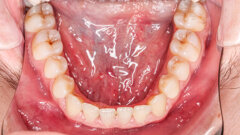

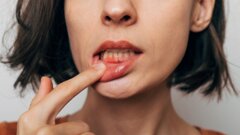





















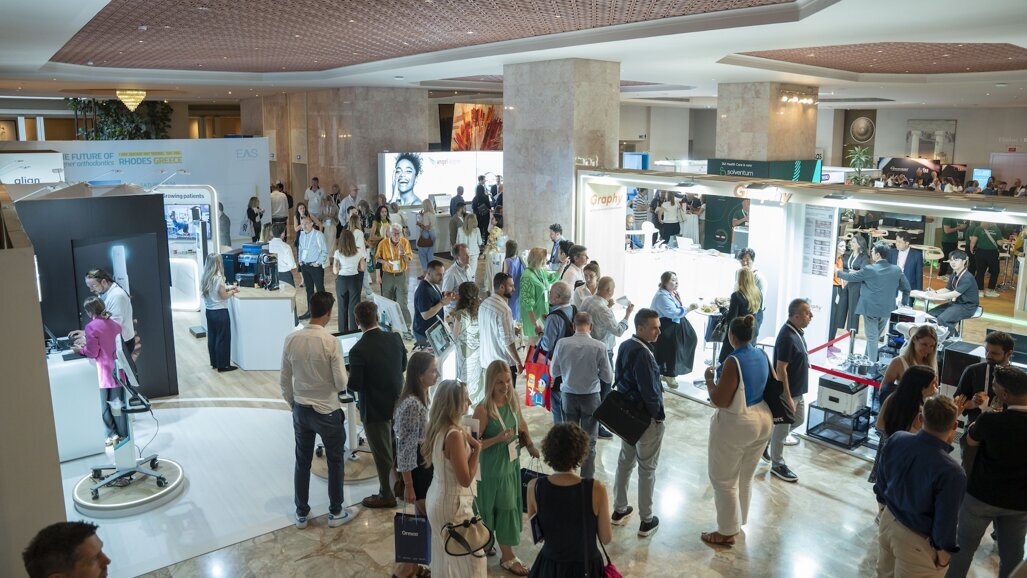


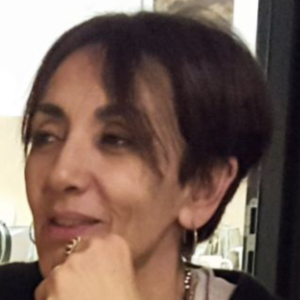
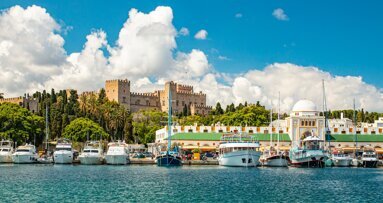











To post a reply please login or register